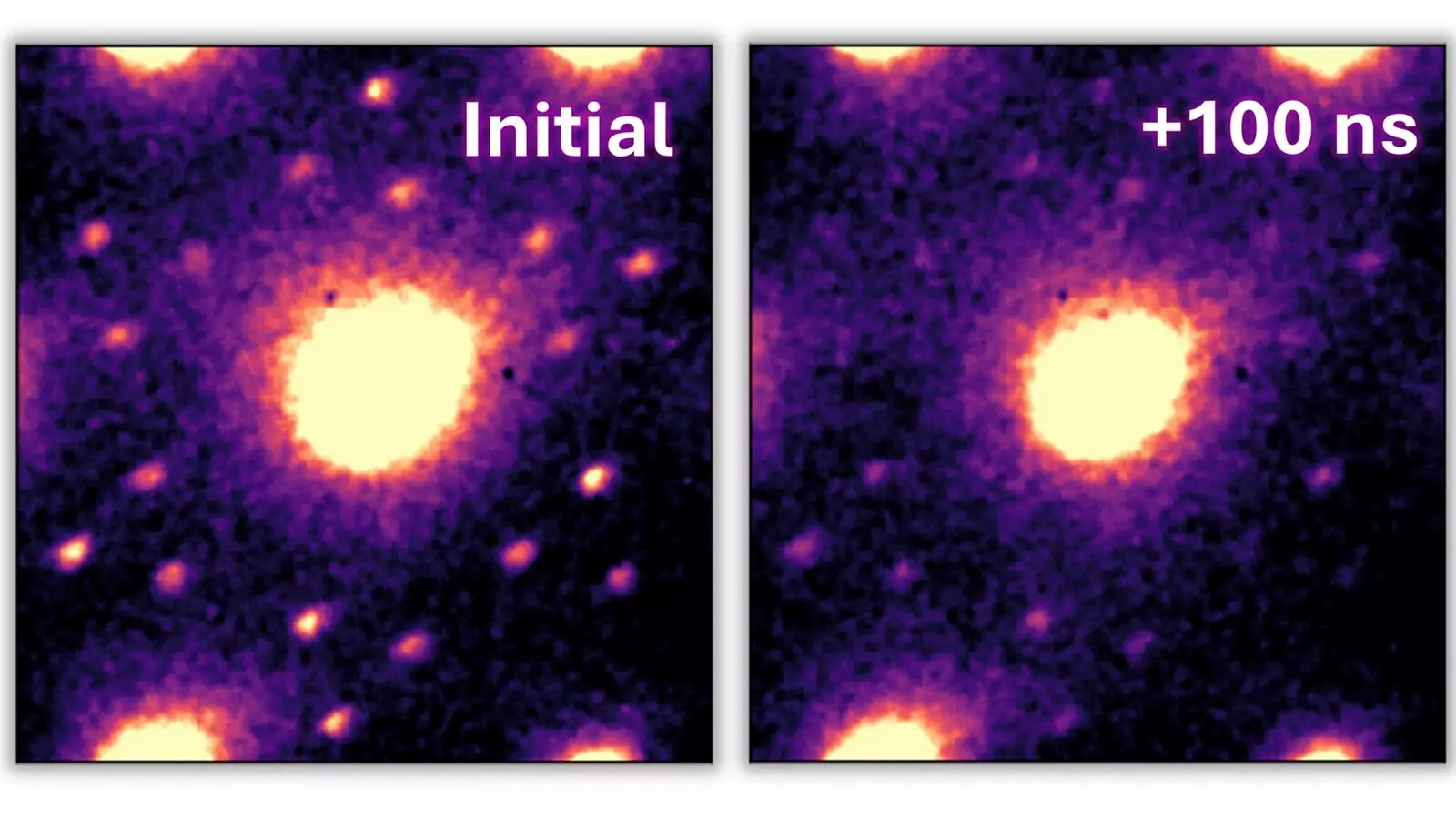In an age marked by rapid technological advancements, supercomputers stand as monumental achievements in computational power. However, they come at an environmental cost, consuming energy that rivals the power usage of thousands of households. This paradox has spurred researchers and scientists into a race against time to revolutionize supercomputing by developing next-generation technologies that prioritize energy efficiency. The exploration of artificial neural networks, inspired by the workings of the human brain, emerges as a potential frontrunner in this quest, alongside innovative materials that can significantly alter energy consumption in computing.
The Role of Charge Density Waves
Central to this research are charge density waves (CDWs), intriguingly orchestrated patterns formed by the collective behavior of electrons within specific materials. Essentially, these waves represent electron motion that can significantly impact the electrical properties of materials, thereby influencing how we design future computing systems. By manipulating these waves, researchers hope to enhance processing speeds while also drastically reducing energy expenditures. However, the challenge lies in understanding how these waves can be controlled, especially given their rapid state changes, occurring in what can only be described as the blink of an eye, taking just 20 billionths of a second.
Revolutionary Research at Argonne National Laboratory
At the forefront of this cutting-edge research is a team from the U.S. Department of Energy’s Argonne National Laboratory. Their innovative approach employs an ultrafast electron microscope, capable of delving deep into the nanoscopic world where these charge density waves reside. Their selection of a material known as 1T-TaS2—a tantalum sulfide capable of forming charge density waves at room temperature—was a deliberate choice aimed at unlocking the mysteries of electrical switching processes. By attaching electrodes to thin flakes of this material and sending electric pulses through, they carefully studied the resulting interactions, paving the way for a deeper understanding of energy-efficient computing.
New Discoveries Challenges Existing Paradigms
Initial hypotheses suggested the injected electric current itself was the primary driver of resistance switching. However, the Argonne team’s findings presented a compelling twist: the charge density waves underwent a ‘melting’ process induced by the heat generated from the current, rather than the electric current itself. Moreover, the team discovered that the electrical pulses elicited drum-like vibrations in the material, prompting a realignment of the CDWs. This duality in responses not only challenges existing paradigms but also draws a fascinating parallel to biological systems, akin to the activating neurons in our brains.
Implications for the Future of Microelectronics
The implications of this research stretch far beyond theoretical physics and into practical applications. By utilizing their novel ultrafast electron microscopy technique, researchers can observe how foundational materials interact on both nanoscale levels and at phenomenal speeds. Such insights are invaluable for the development of smaller, faster, and more energy-efficient microelectronic devices. Indeed, materials like 1T-TaS2, which can be constructed into nanoscale layers, seem promising for this new breed of electronics.
A Broader Perspective on Energy Efficiency
Ultimately, the drive to control and understand charge density waves emerges as a critical objective not only for the field of computing technology but also for our environmental aspirations. Harnessing energy-efficient computing systems could lead to a paradigm shift in how technologies are perceived and utilized, fostering advancements while mitigating the impact on the planet. As this research unfolds, it becomes increasingly apparent that understanding the nuances of these sophisticated materials holds the key not just to better computers, but to sustainable progress in technology as a whole. Through the lens of this research, we catch a glimpse of a future where the intricate dance of electrons—true to the rhythm of nature—can empower a new era of computing.

